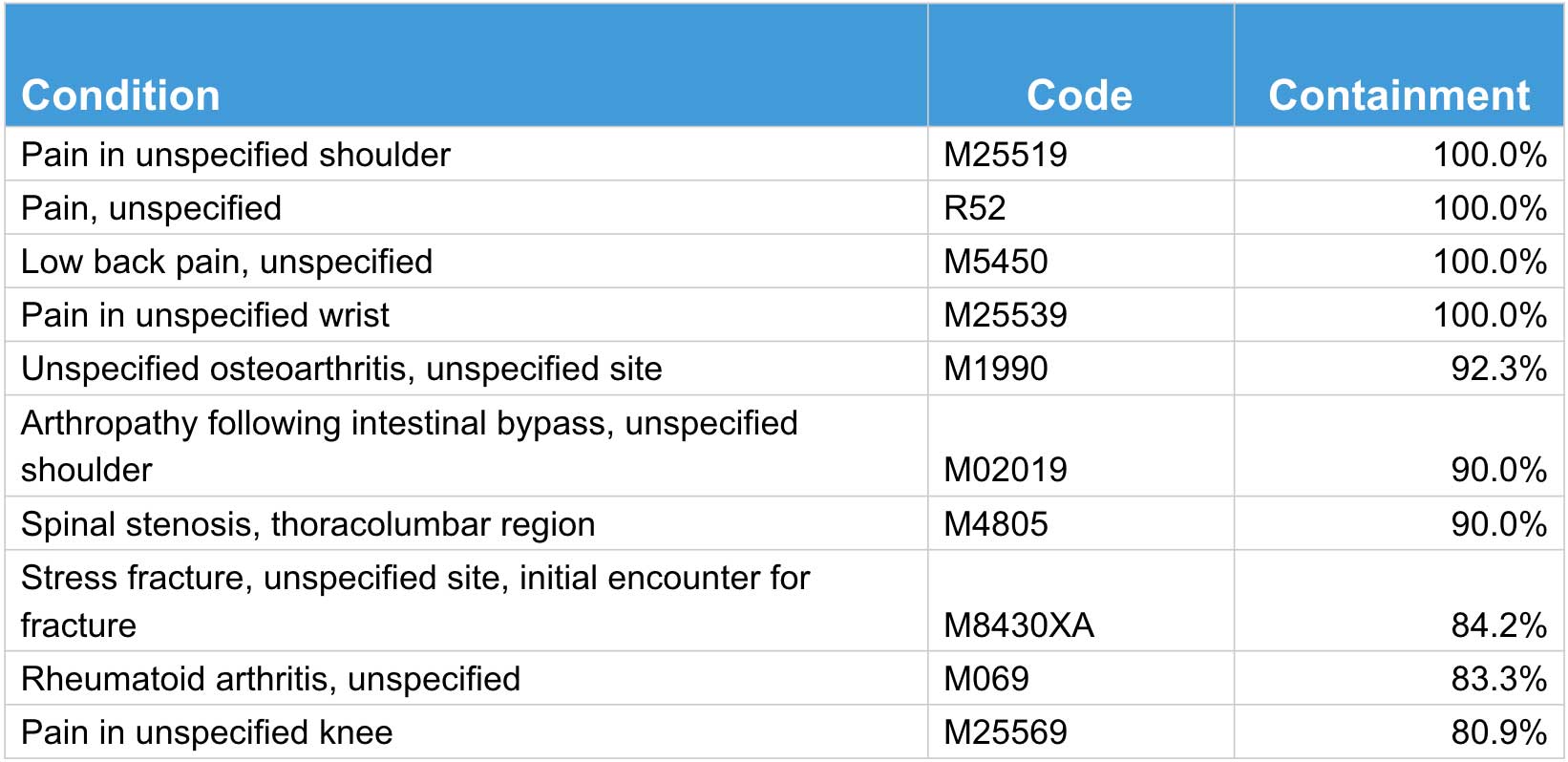
In this series, we will be discussing the common challenges to achieve clinical quality goals:
- Containment
- Diagnosis
- Care Impact
In this blog, we will focus on Containment Rates. First, let’s go over what a containment rate is:
Containment Rates
Containment in healthcare involves equipping providers with the appropriate recommendations to effectively manage a patient’s care within their practice without the need for unnecessary referrals or consultations outside of the practice. This is particularly important in ensuring efficient resource utilization and reducing healthcare costs while maintaining high-quality care. Collaboration between the practice and eConsult providers is crucial in this process. By working closely together, healthcare teams can assess patient needs more comprehensively, share relevant information seamlessly, and leverage specialist expertise when necessary, all while keeping the patient’s care within the primary care setting when possible.
Containment is impacted by:
Specificity of the eConsult request and inclusion of appropriate patient history and testing
One critical factor that impacts containment is the specificity of eConsult requests and the inclusion of appropriate patient history and testing. When healthcare providers submit eConsults with clear and detailed information about the patient’s condition, medical history, and relevant tests, it enables specialists to provide accurate and targeted recommendations. This specificity helps avoid unnecessary procedures, tests, or consultations, reducing healthcare costs and improving efficiency. Additionally, thorough documentation of patient information ensures that healthcare decisions are based on a comprehensive understanding of the patient’s needs, leading to better clinical outcomes and overall satisfaction with care. By emphasizing the importance of detailed eConsult requests and comprehensive patient information, healthcare organizations can enhance containment efforts and optimize resource utilization while delivering high-quality care.
Specialist experience and the comprehensiveness of the eConsult response
Containment rates in healthcare are significantly influenced by two key factors: specialist experience and the comprehensiveness of the eConsult response. The knowledge and expertise of the specialist providing the eConsult directly impact the quality and effectiveness of the recommendations offered. Specialists with extensive experience in their field can provide more accurate diagnoses, tailored treatment plans, and valuable insights into complex medical conditions. Moreover, the comprehensiveness of the eConsult response, including detailed assessments, clear recommendations, and supporting evidence, plays a crucial role in containment efforts. A comprehensive eConsult response can help primary care providers manage a wider range of patient conditions within their practice, reducing the need for unnecessary referrals and promoting cost-effective care delivery.
Organizations’ ongoing analysis of specialties of need
By continuously evaluating the specialties that are most in demand within their patient population, healthcare organizations can strategically allocate resources and optimize care delivery. This analysis involves assessing factors such as patient demographics, prevalent medical conditions, and frequently referred specialties to identify areas where specialized expertise is most required. With this information, providers can prioritize the use of eConsult specialists in high-need areas and streamline referral processes to ensure timely access to specialty care when necessary.
Ultimately, a proactive approach to analyzing specialties of need enhances containment efforts by promoting efficient resource allocation, reducing unnecessary referrals, and improving overall clinical quality and patient outcomes.
Orthopedics eConsult Analysis

The graph above shows a pattern regarding the containment of various medical conditions in Orthopedics within the primary care office setting. Conditions such as shoulder, lower back, and wrist pain exhibit a high containment rate, indicating that these ailments can typically be effectively managed and treated within the primary care setting without needing external referrals. This suggests that primary care providers possess the necessary expertise and resources to address these conditions comprehensively. On the other hand, certain complex or specialized conditions may necessitate referrals to specialist providers. By identifying these patterns and understanding the conditions that can be contained within the office versus those requiring referral, healthcare organizations can optimize resource utilization, enhance patient satisfaction, and improve overall clinical quality.
